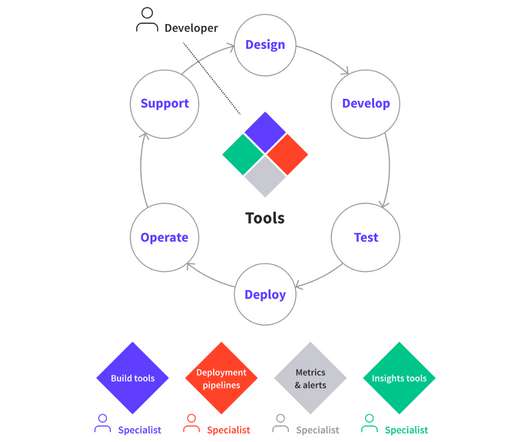Why Cloud Native?
Daniel Bryant
MARCH 10, 2020
Speed and stability, platforms, and full cycle development The emergence of “cloud native” technologies and practices, such as microservices, cloud computing, and DevOps, has enabled innovative organisations to respond and adapt to market changes more rapidly than their competitors. Accordingly, the cloud native SDLC is very different.


















Let's personalize your content